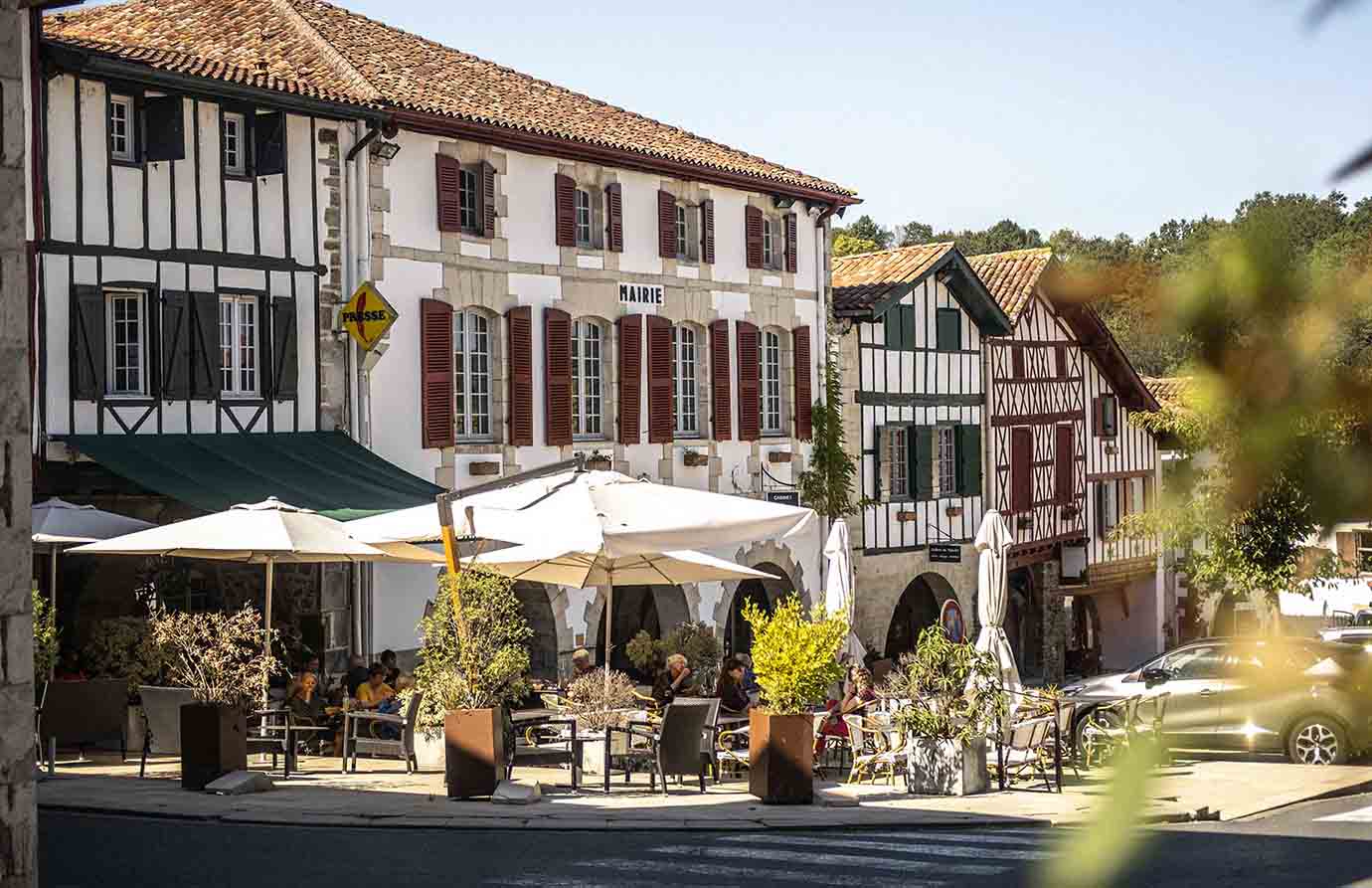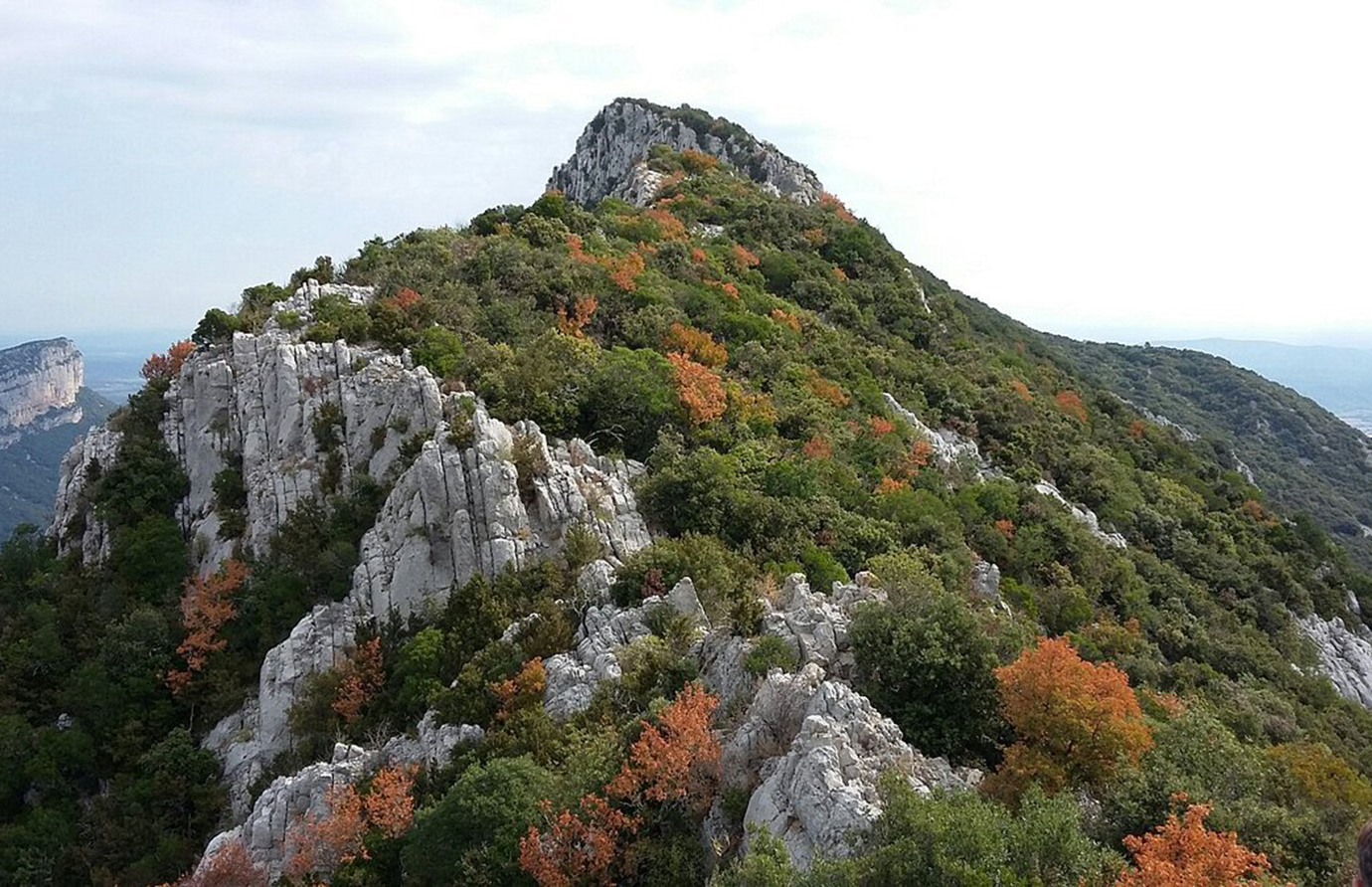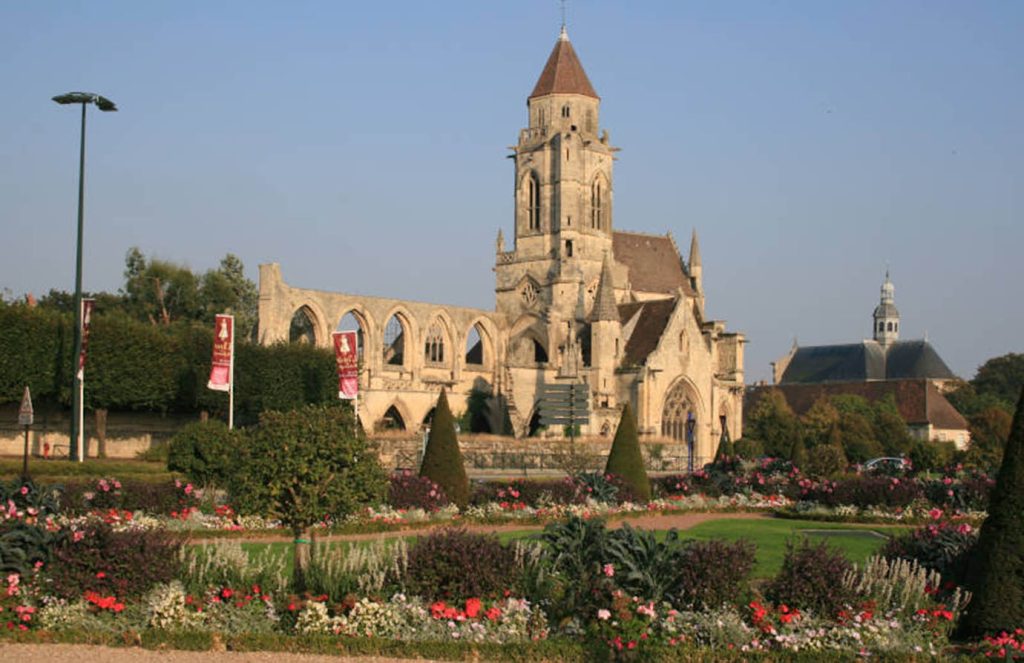Upon first setting foot on the land of Montauban, a profound sense of calm and deep emotion welled up inside me. Nestled in the south of France, this small town neither boasts the bustling grandeur of Paris nor the intense sunshine of Provence. Montauban’s charm lies precisely in its understated yet enduring artistic atmosphere and rich historical heritage. Following the shimmering waves of the Tarn River, I slowly walked into this town gently nurtured by time, eager to uncover its many layers of richness.
1. The Historical Context of Montauban: Witness from the Middle Ages to Modern Times
The history of Montauban dates back to the Middle Ages, as one of the earliest bastide towns established in France. This type of town is known for its regular street layouts and central squares, a feature that Montauban’s urban planning has perfectly preserved. Walking into the old town felt like traveling through centuries, where magnificent churches, ancient town halls, and quaint stone buildings silently tell the stories of the city’s past glory and transformations. The medieval walls and gateways, still partially standing, further deepen the sense of stepping back in time, giving visitors a tangible connection to the past. Wandering along cobblestone streets, I was particularly drawn to the Église Saint-Jacques. Built in the 13th century, this church has undergone numerous repairs and expansions through the ages. Inside, exquisite stained glass windows and intricate carvings stand as testaments to the superb religious art of the time. Standing at the church’s entrance, I felt the fusion of faith and artistry—a powerful force inspiring reverence. Moreover, Montauban played an important role during the French Revolution. The town’s history museum, Musée Ingres Bourdelle, houses a vast collection of artifacts and archives reflecting local history. Through these tangible relics, one can deeply understand the town’s often turbulent path from feudal times to modernization. The museum is named after two renowned artists—Jean-Auguste-Dominique Ingres and Antoine Bourdelle—who are the pride of Montauban and laid a solid foundation for its artistic atmosphere. Their works and legacies remain a beacon for cultural identity and pride in this charming southern town.
2. The Pulse of Art: Montauban’s Cultural Identity
Montauban takes great pride in its artistic heritage. It nurtured many famous French artists, especially Jean-Auguste-Dominique Ingres, the 19th-century neoclassical painting master whose works are celebrated both in France and worldwide. Visiting the Musée Ingres, I admired his portraits and historical paintings, where the delicate character portrayals and rigorous composition conveyed a century-old artistic spirit. The museum itself is beautifully designed to highlight these masterpieces while telling the story of Ingres’ life and influence. Artistic vibes also permeate the town’s streets and alleys. Many walls feature large murals, vividly depicting local historical tales and folklore. Each mural acts like a window to the past, inviting me to step into the vibrant life of this once lively town. The locals’ love for art is evident as they actively promote cultural events. Street performers, pop-up exhibitions, and artisan markets frequently enliven the town with fresh energy and creativity. I especially enjoyed wandering through local art studios, run by artisans showcasing and selling ceramics, textiles, and traditional paintings. Conversations with these artists revealed their dedication to blending traditional techniques with modern designs—respecting history while embracing innovation. This approach keeps Montauban’s artistic vitality alive and ensures that its rich cultural heritage continues to inspire both residents and visitors alike.
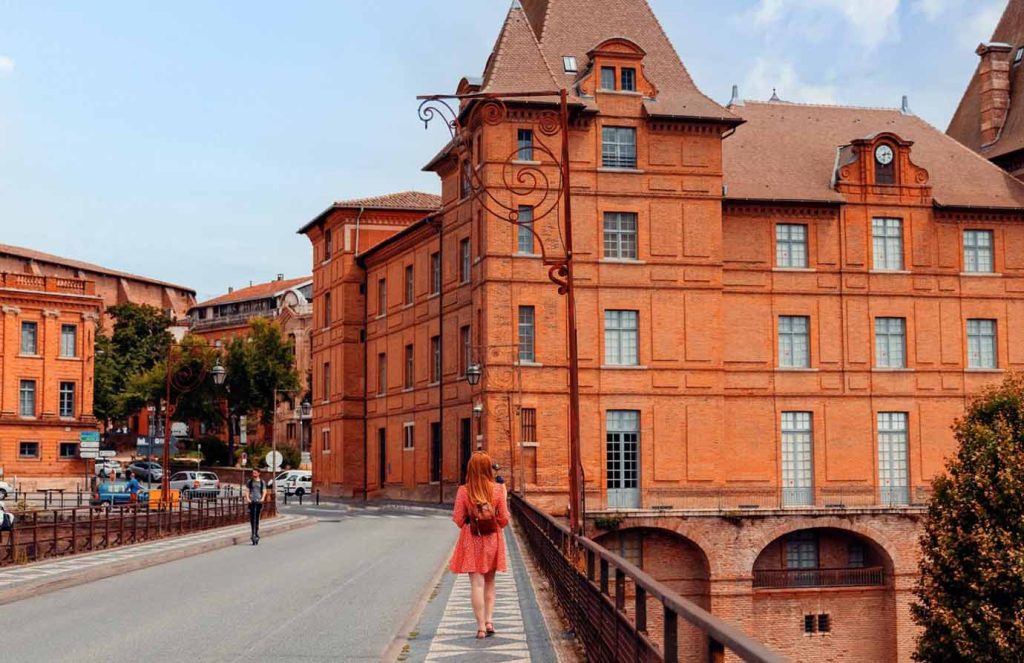
3. The Architectural Beauty of Montauban: A Blend of History and Modernity
Montauban’s architectural style is distinctive, combining the solidity of the Middle Ages with the elegance of Renaissance and Baroque details. The town center’s square is surrounded by uniform arcades, a hallmark of bastide towns. Sunlight filters through the arched walkways, bathing the streets where people stroll leisurely, and cafes spill out their outdoor seating filled with laughter and conversation. The harmonious blend of old and new is evident in the seamless integration of restored historical buildings with contemporary additions, creating a vibrant urban fabric that honors tradition while embracing progress. Walking through these streets, one can truly appreciate how Montauban preserves its heritage while catering to modern-day life, making every corner a testament to the passage of time and evolving architectural tastes.
I wandered to the old market district, where many ancient red brick buildings stand, their bricks exuding the patina of time. Many of these structures have been renovated, transformed into art galleries, cafes, and boutique shops. Walking among them, I seemed to hear echoes of history interwoven with the rhythms of modern life. The lively atmosphere here reflects a community that values creativity and cultural expression, where historic façades serve as inspiring backdrops for contemporary artistic endeavors and social gatherings.
The Montauban Town Hall is particularly striking. Its façade features exquisite carvings, and its interior is spacious, blending French classical and contemporary design elements. The town hall square is a gathering place for residents, frequently hosting festivals, open-air concerts, and markets. Each time I passed by, witnessing the joyful crowds, I felt the warmth and vibrancy of this city. The lively events held here foster a strong sense of community spirit, bridging generations and inviting both locals and visitors to celebrate Montauban’s rich cultural life.
4. Unique Culinary Experiences: Savoring the Flavors of Montauban
In travel, taste is equally important. Montauban’s culinary culture centers on rustic yet refined Southern French flavors. In a local restaurant, I ordered a traditional dish from the Tarn province: duck breast with plum sauce. The meat was tender and juicy, perfectly complemented by the fruity sweetness of the sauce, delighting my palate. This dish, with its harmonious balance of savory and sweet, reflects the region’s rich agricultural heritage and the chefs’ dedication to using fresh, local ingredients.
The town’s market is an excellent place to experience local life. Fresh vegetables, fruits, sausages, and cheeses line up, with vendors enthusiastically introducing their products. The Saturday morning market is especially lively. I bought some local hard cheese and freshly baked baguettes, then sat on a bench in the square, enjoying the mingling sunshine and breeze. This vibrant market scene offers a sensory feast that goes beyond taste, immersing visitors in the sounds, smells, and colors of Montauban’s everyday culture.
For desserts, Montauban’s traditional honey cake and walnut tart are not to be missed. Whether resting in a street-side café or wandering through the bustling market, these sweets add a warm flavor to the journey. Their rich textures and comforting sweetness perfectly round off a meal, evoking the cozy, welcoming spirit of Southern France’s culinary traditions.
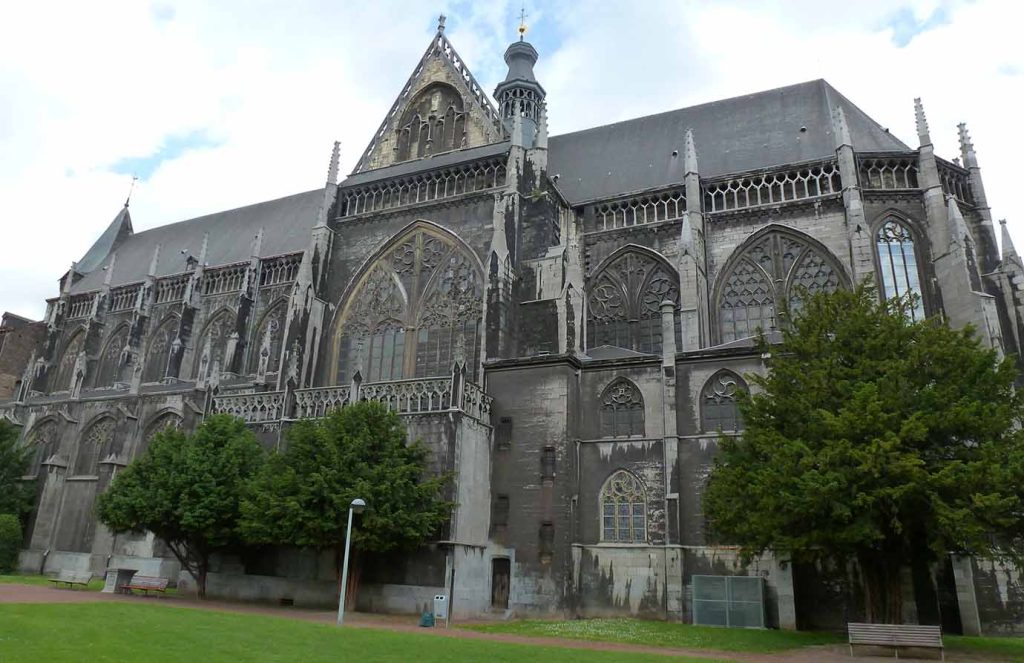
5. Walking Through Montauban: Must-See Attractions
Every step in Montauban offers new discoveries. Besides the previously mentioned Église Saint-Jacques and Town Hall, there are many hidden gems. The town’s compact layout encourages leisurely exploration, inviting visitors to uncover charming squares, quaint alleyways, and unexpected artistic installations that tell stories of Montauban’s layered past.
First is Musée Ingres Bourdelle, which not only displays masterpieces by Ingres and Bourdelle but also houses various sculptures and paintings. The exhibition layout cleverly juxtaposes history with modern art, ensuring fresh impressions with every visit. The museum’s dynamic curation highlights the evolving nature of art and celebrates Montauban’s enduring role as a cradle of creativity, inspiring visitors to connect past and present.
Next is the Tarn riverside promenade, shaded by lush trees, where small boats occasionally glide across the water. In spring, cherry blossoms bloom, scattering pink petals over the river, creating a poetic and picturesque scene. I love strolling here, quietly sensing the blend of nature and culture. This tranquil riverside path offers a perfect retreat from urban bustle, where the gentle flow of water and the beauty of seasonal blooms foster moments of reflection and calm.
The town’s old bookstores and cafes are also worth a visit. Particularly, the independent bookstore “Les Mots Doux” offers shelves filled with French classics and contemporary literature. Its cozy atmosphere hosts regular book clubs and poetry readings, attracting many literary enthusiasts. This welcoming space nurtures a vibrant literary community, making it a cultural hub where ideas, stories, and passions are freely exchanged.
6. Surrounding Nature and Countryside: Embracing Tranquility Beyond the Town
Beyond the town center, Montauban’s surrounding countryside is equally captivating. Shimmering small lakes, rolling vineyards, and olive groves create picturesque rural landscapes. Cycling or driving through these areas offers fresh air and authentic farm life experiences.
I once visited a family-run vineyard where the owner warmly showed me the wine-making process and offered tastings of local red wines. The wines were rich in fruity aromas and complex layers, allowing me to deeply appreciate the bounty of the southern French land. The countryside’s tranquility and natural beauty helped me momentarily forget the city’s noise and cleanse my soul.
Additionally, seasonal festivals like harvest celebrations and traditional markets occur in nearby villages. During these times, Montauban and its surroundings brim with laughter and festivities, showcasing the unique customs of southern France.
